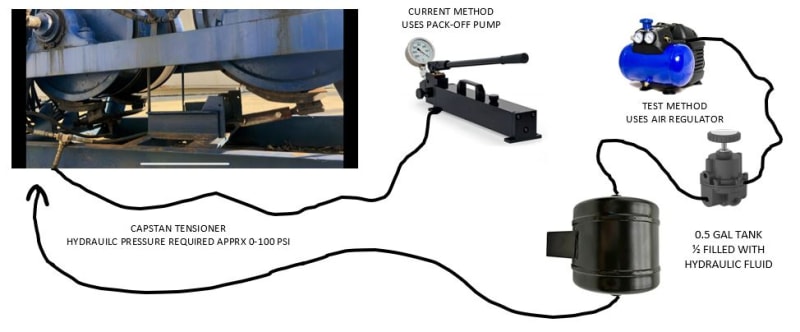gr3ggh3ad
Mechanical
- Dec 5, 2022
- 4
Hi - The goal of my project is spool high-strength wire on to a drum at a fixed tension. To do so, I am considering controlling a small, hydraulic proportional valve using a PLC that will essentially feed a hydraulic brake. I will have a 4-20mA input (line tension feedback) to a programmable controller , a display to enter my setpoint (desired line tension), then vary the hydraulic valve output accordingly to control pressure only (no flow... the pressure output will feed a hydraulic brake to adjust line tension). The max pressure is probably less than 500 psi. I do not have a ton of experience with hydraulics, however I do have experience with PLC controls. I am mainly looking for help in pointing me toward a proportional valve that will meet these requirements, but any other tips or knowledge of a small PID controller that will do the job would be appreciated, too. Also, if you have a lead on a small scale hydraulic pump to feed the valve, please let me know as well. Thanks! Gregg

